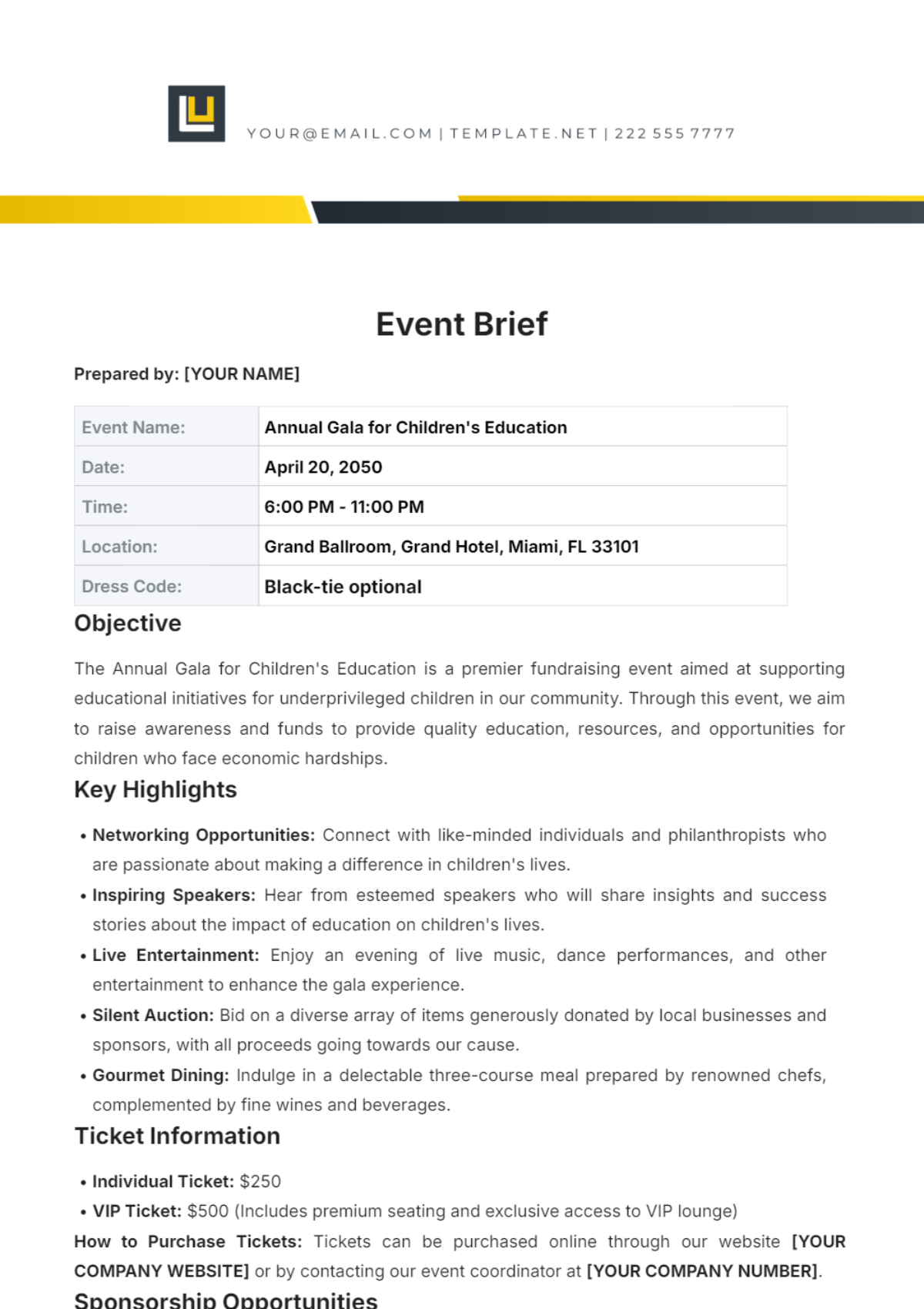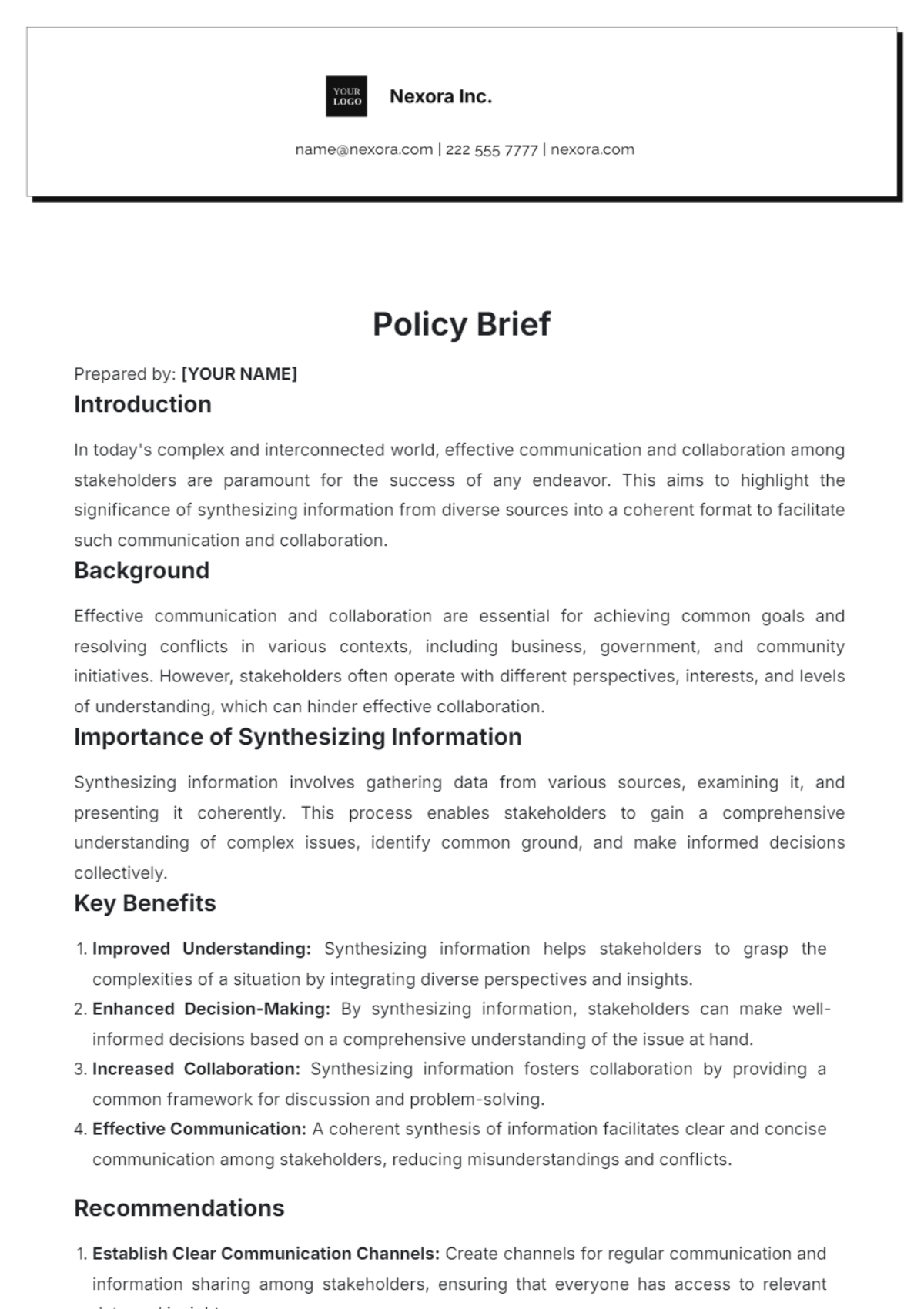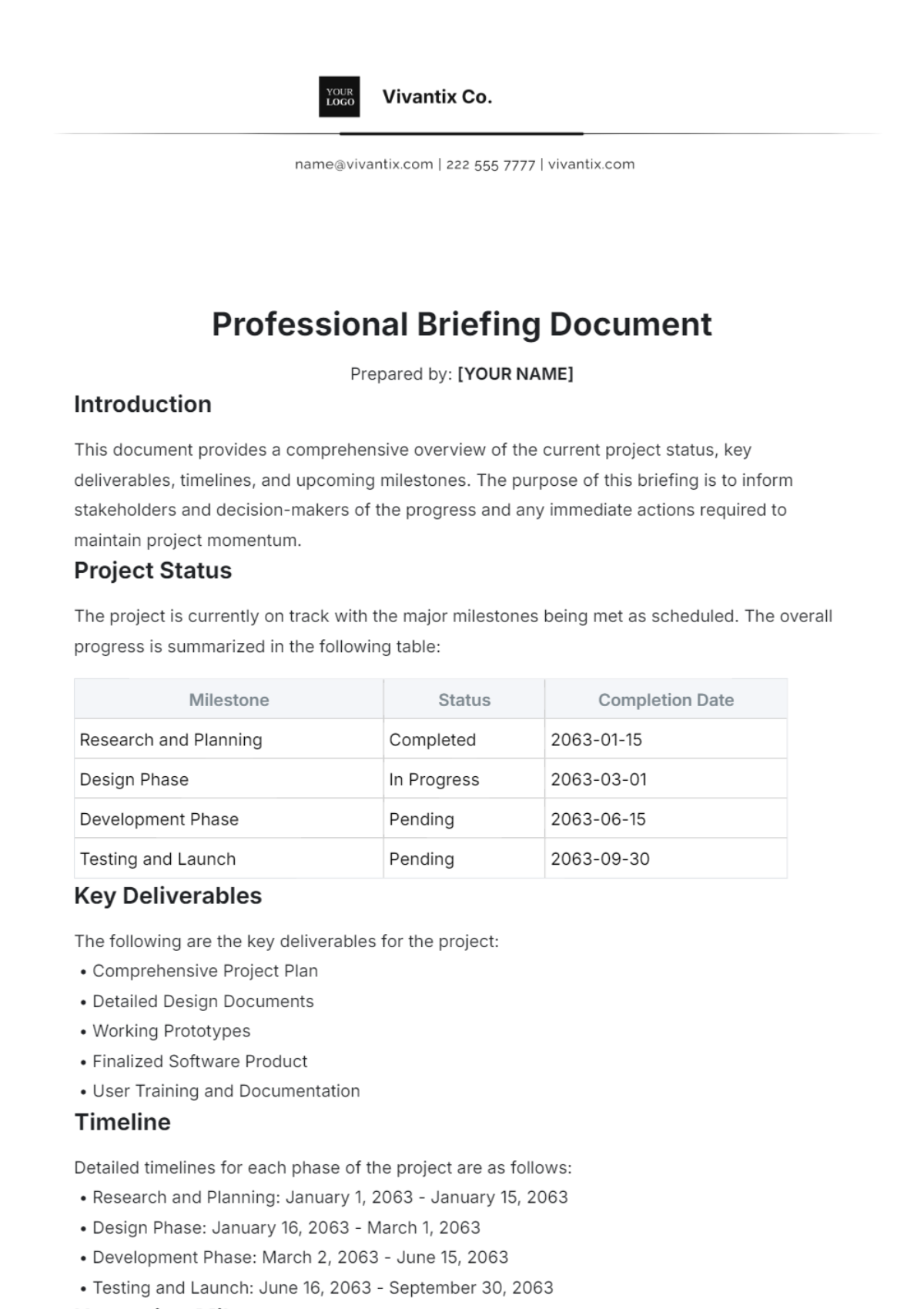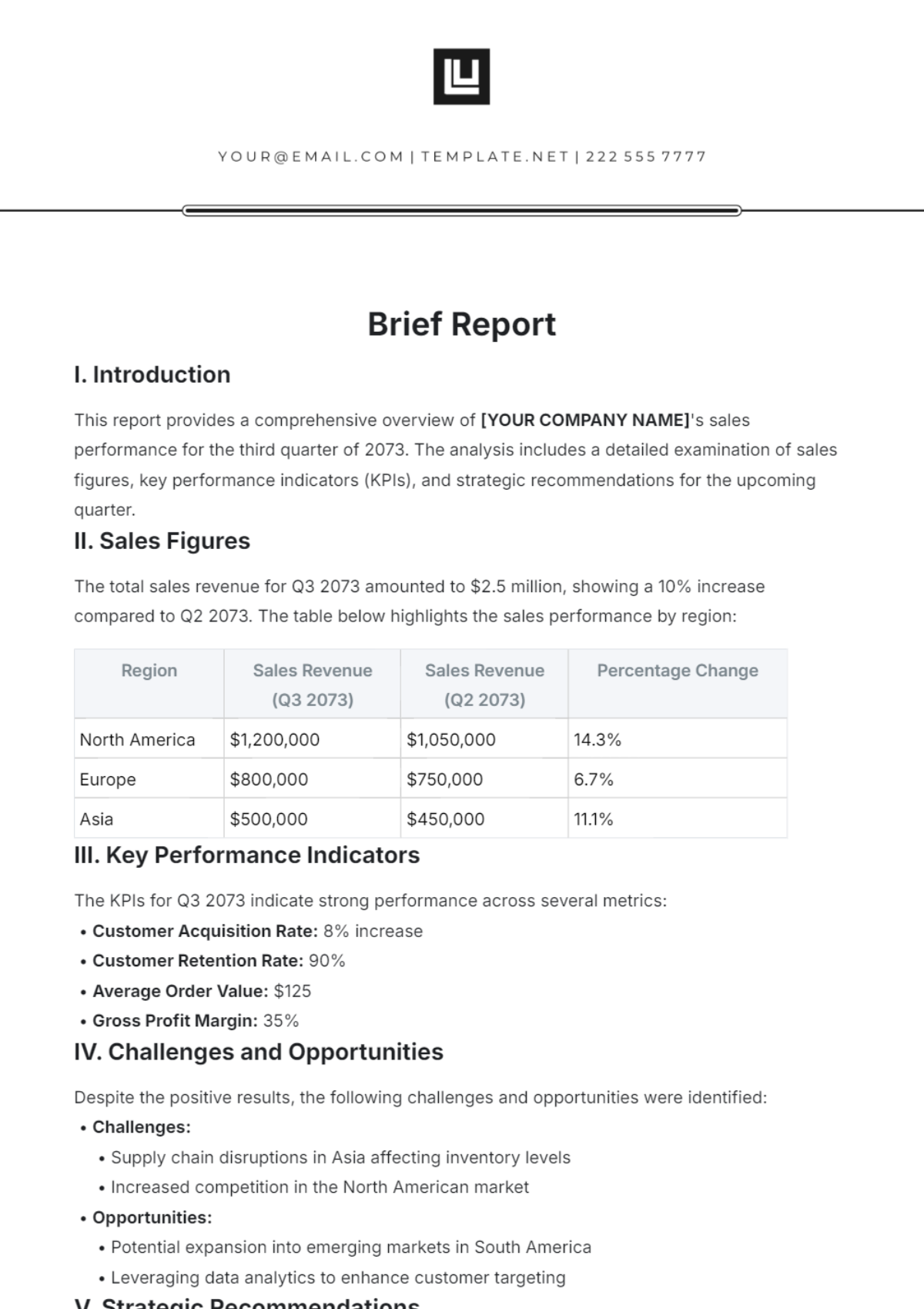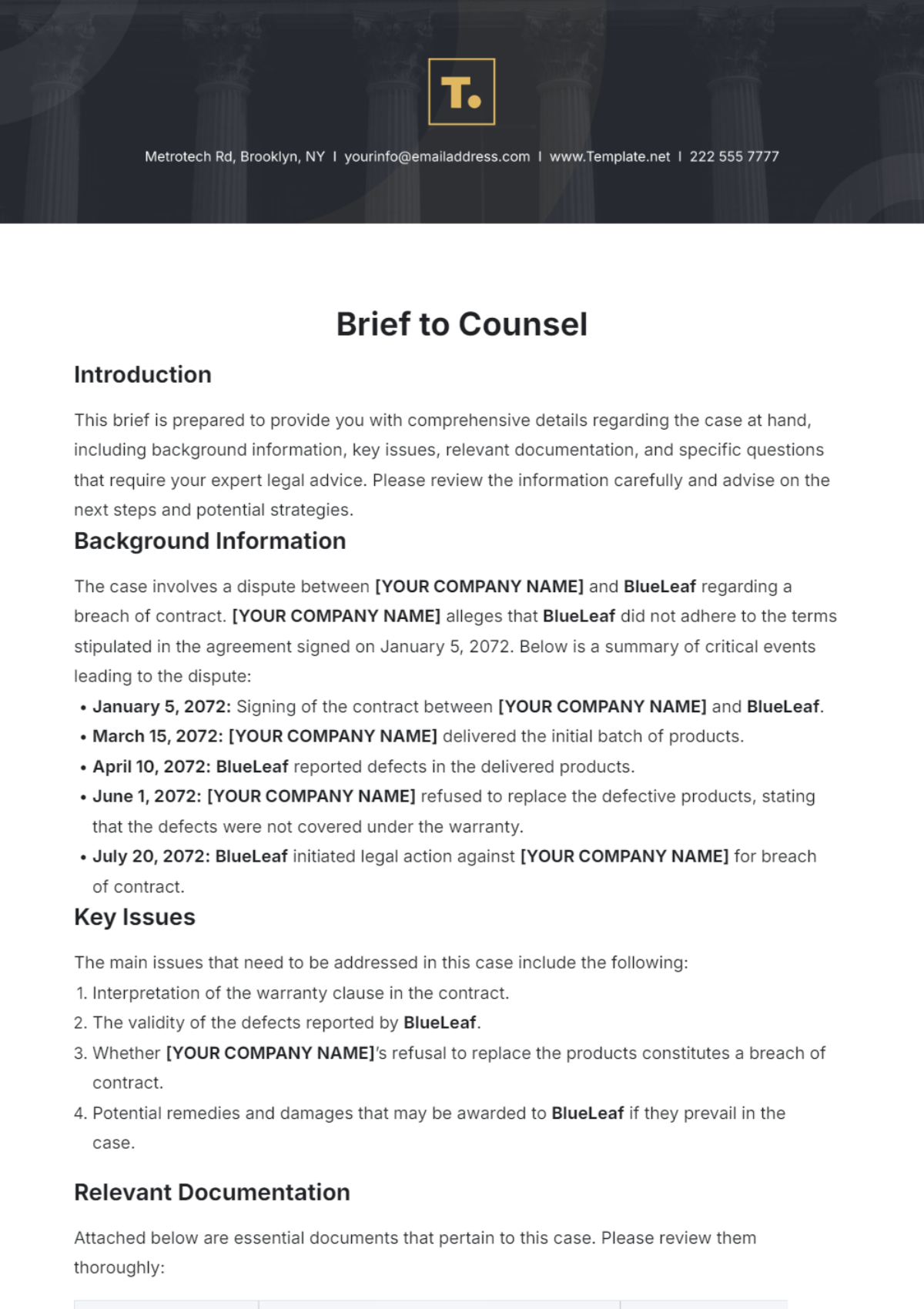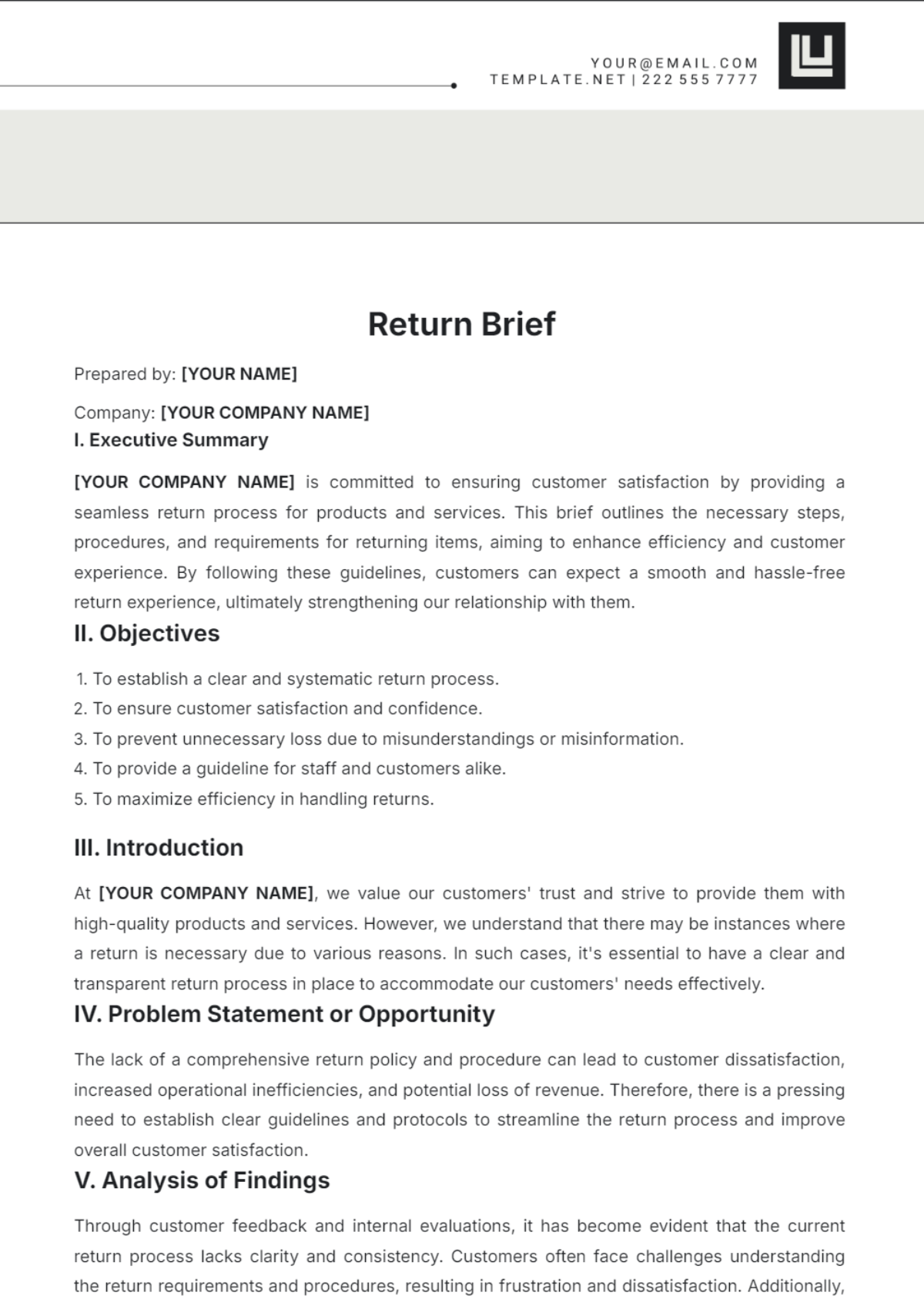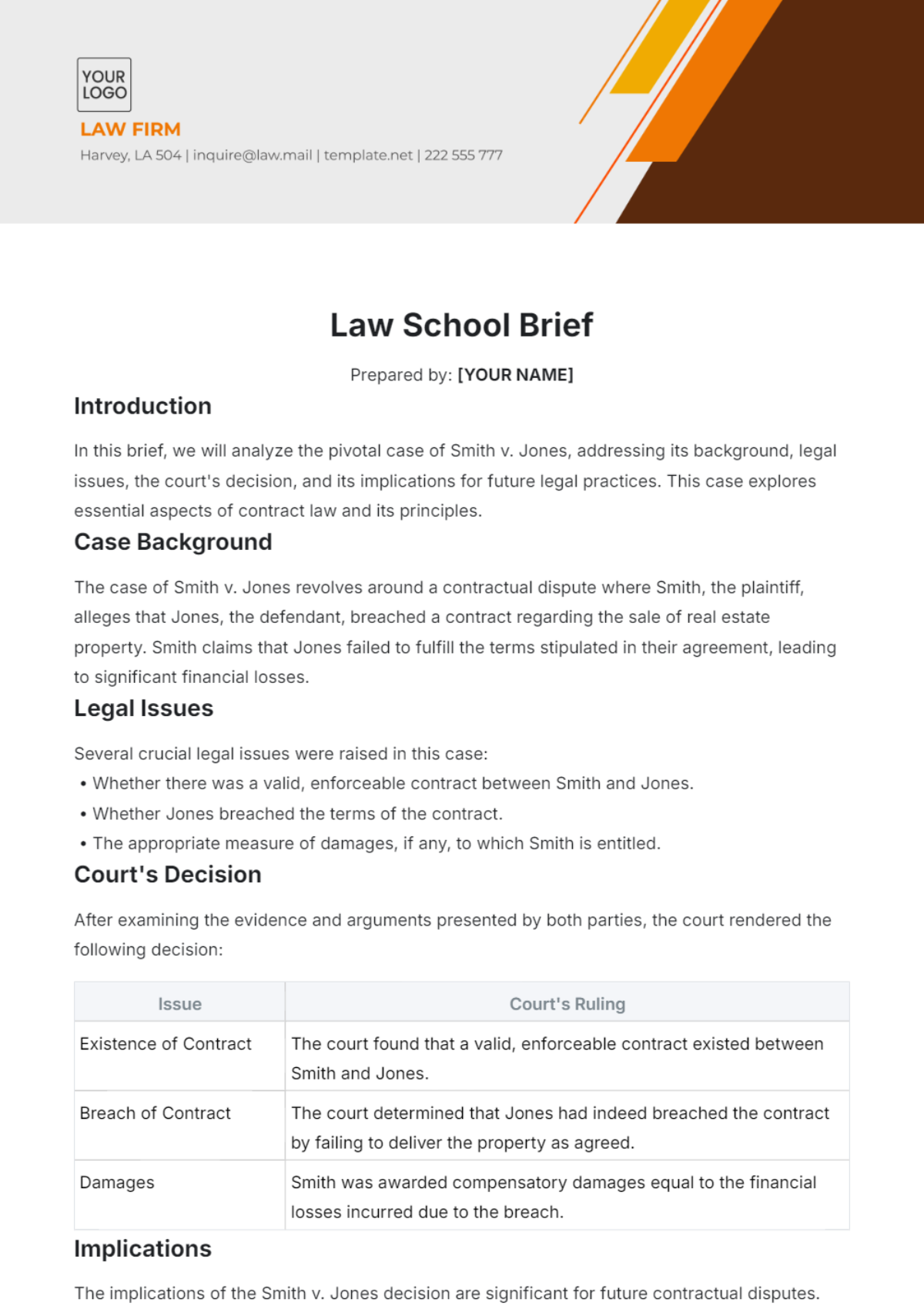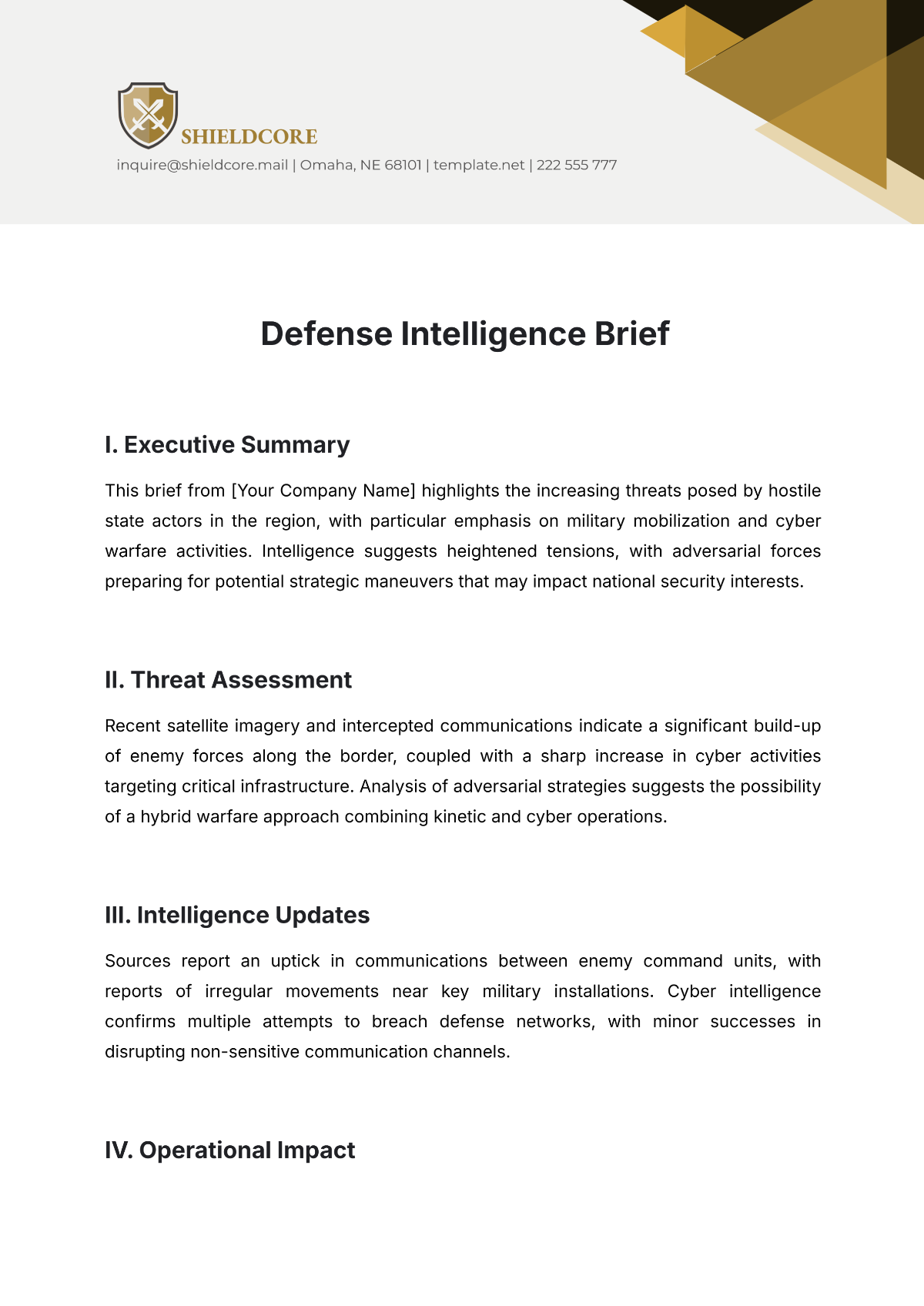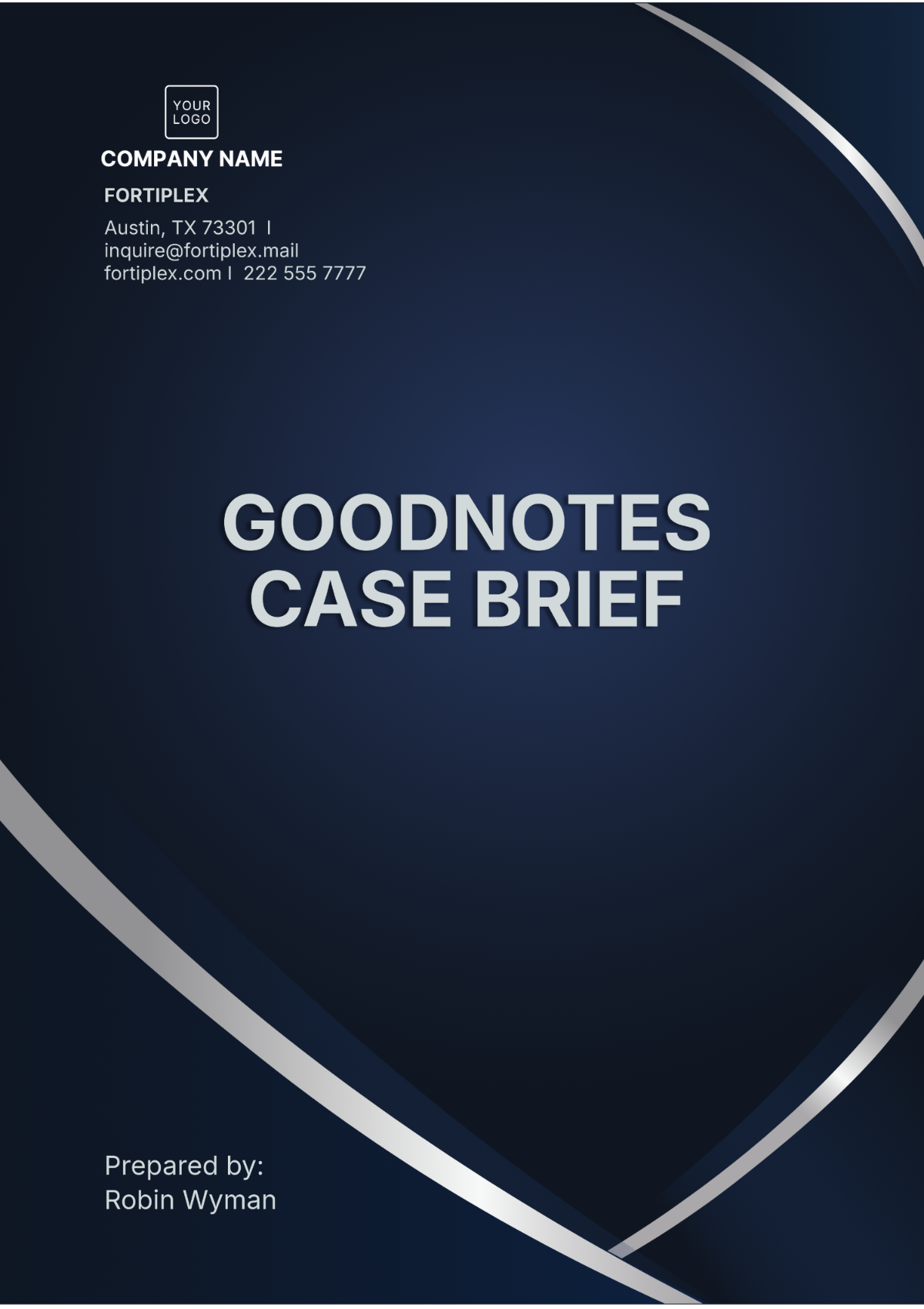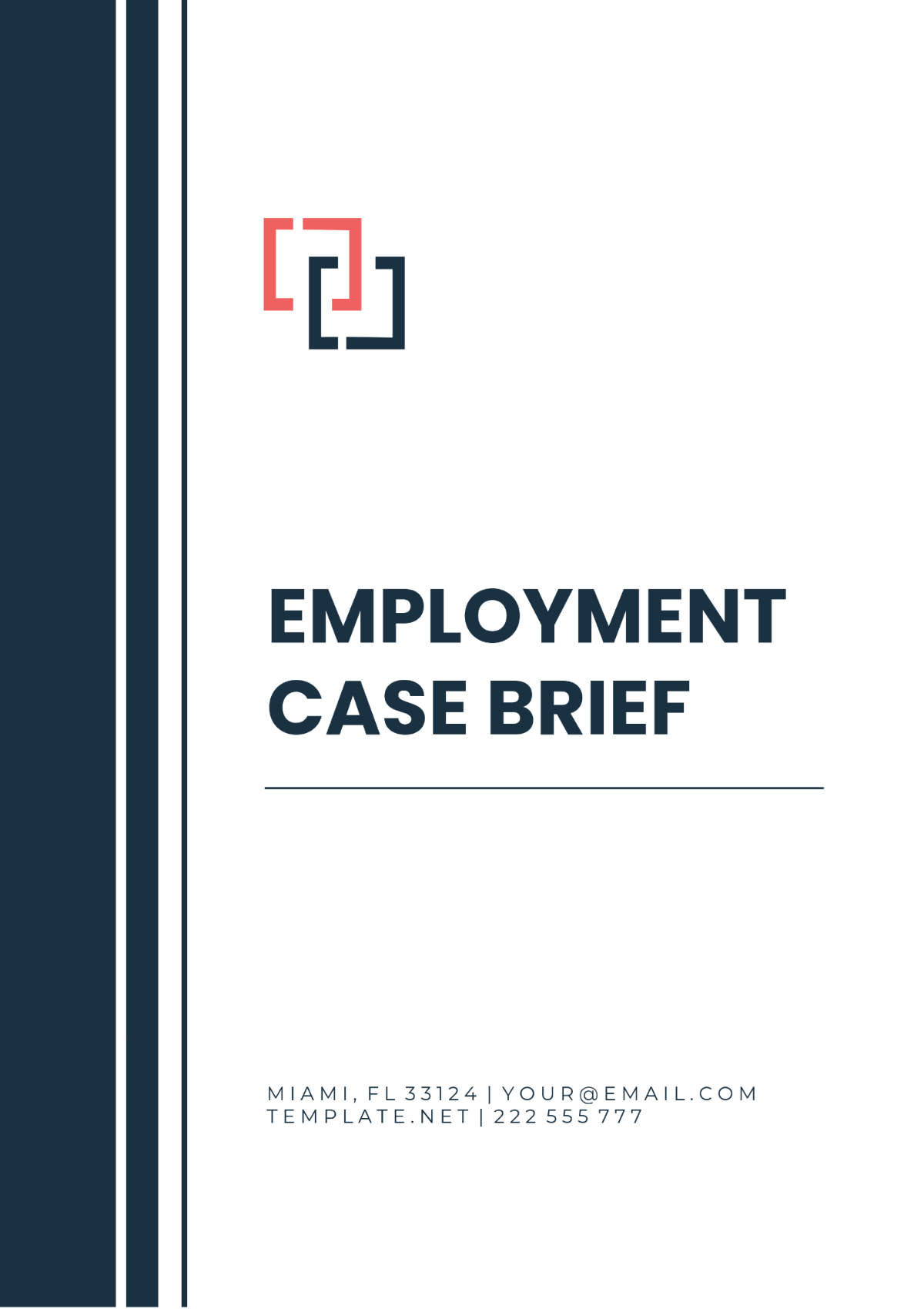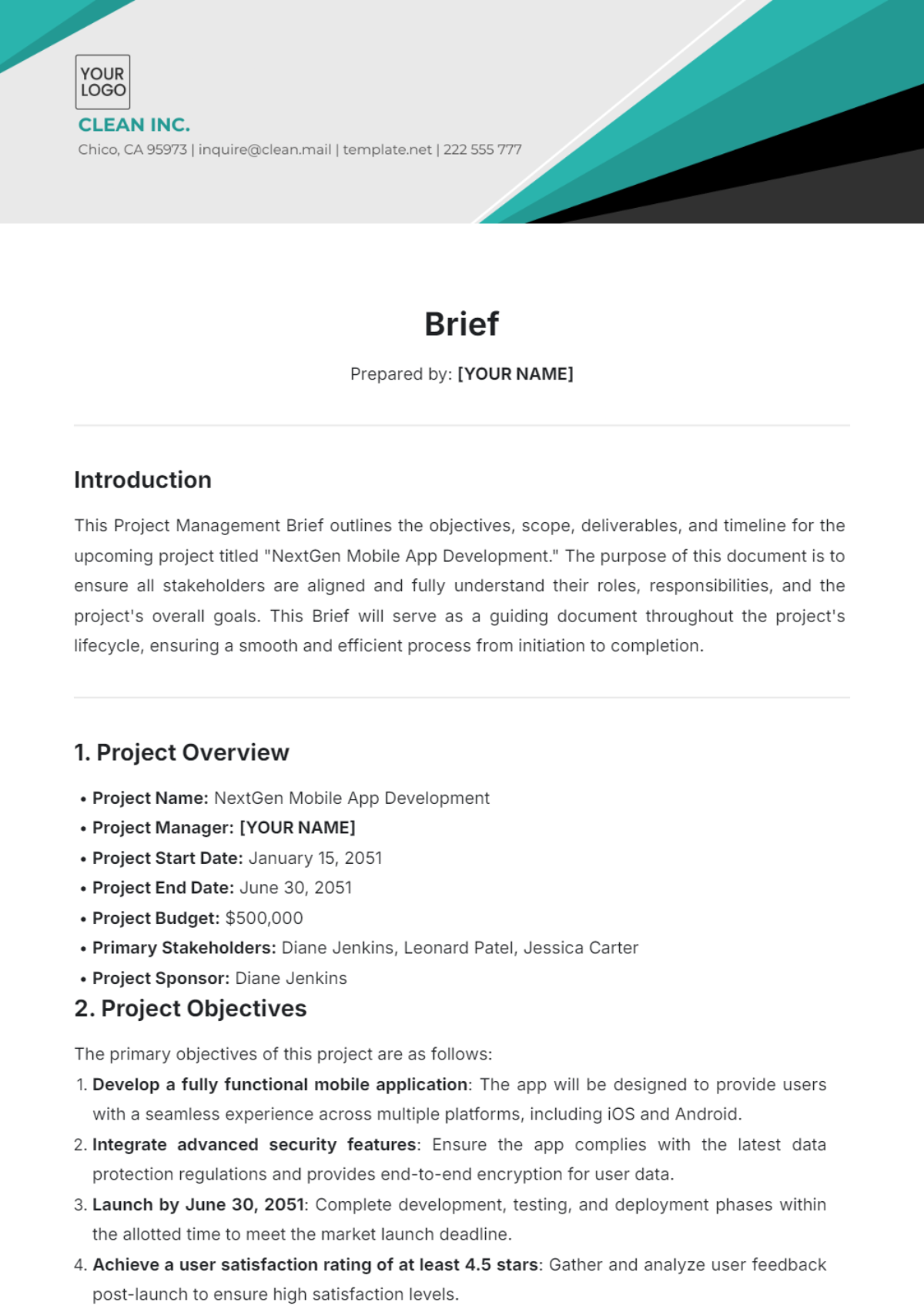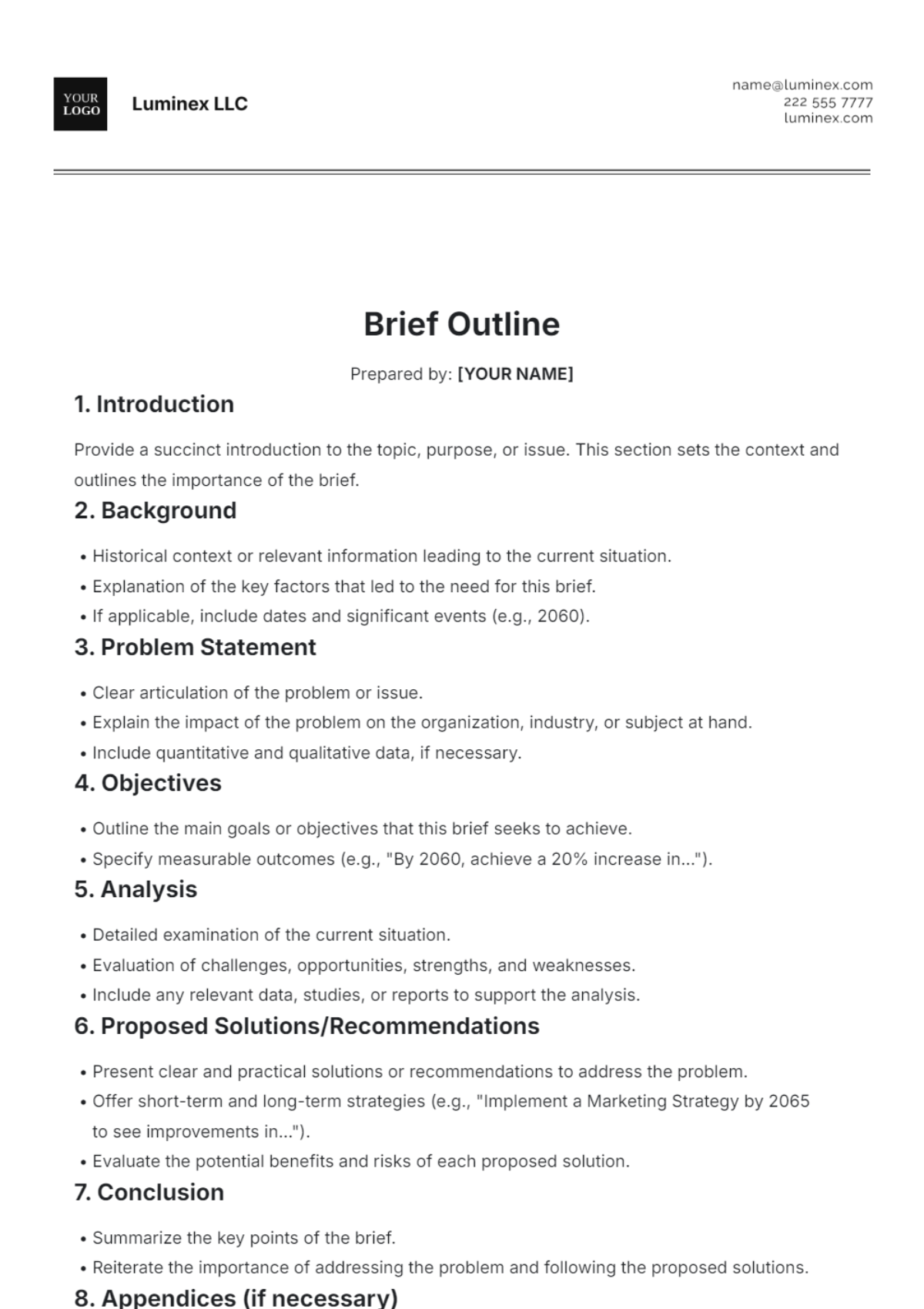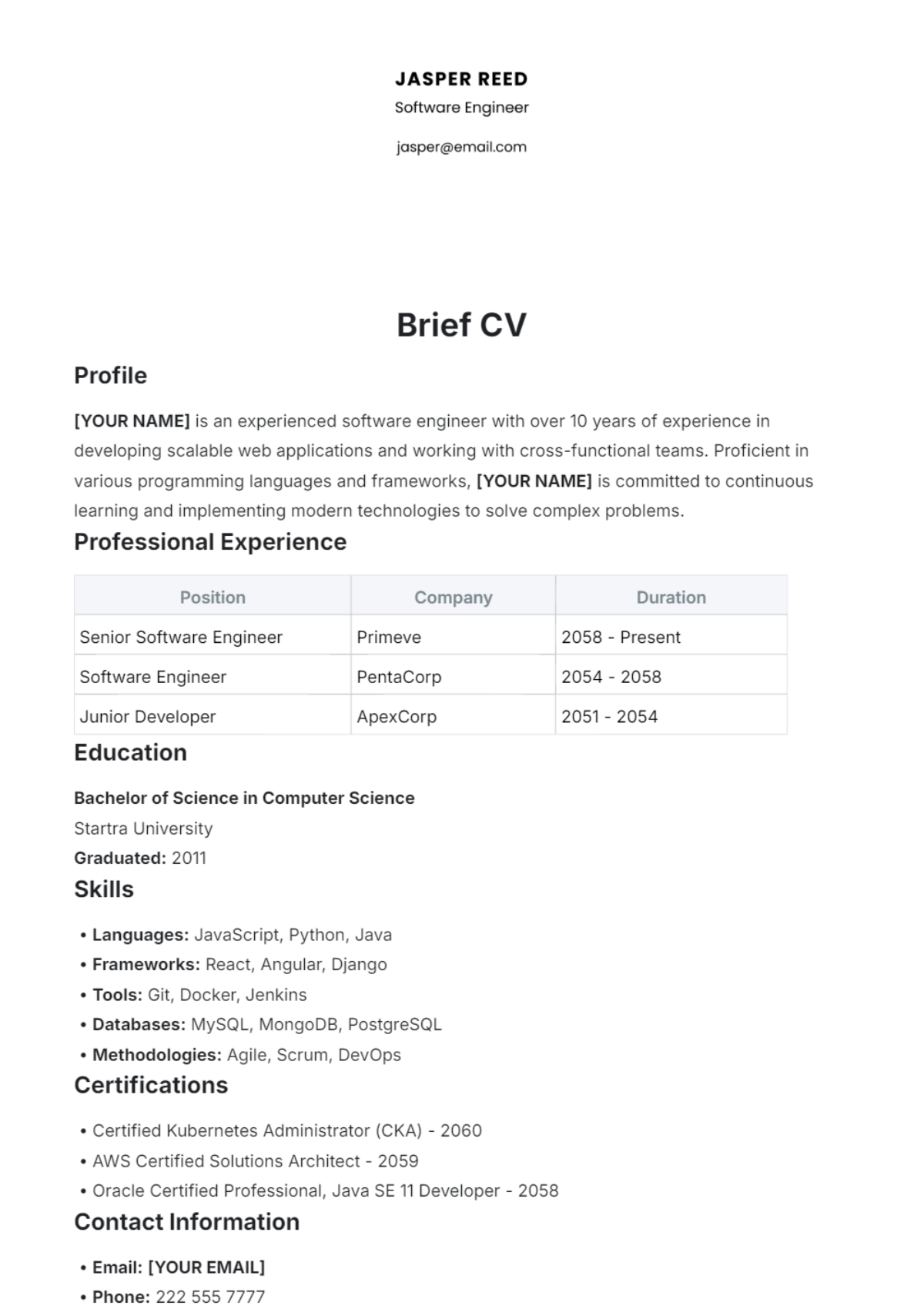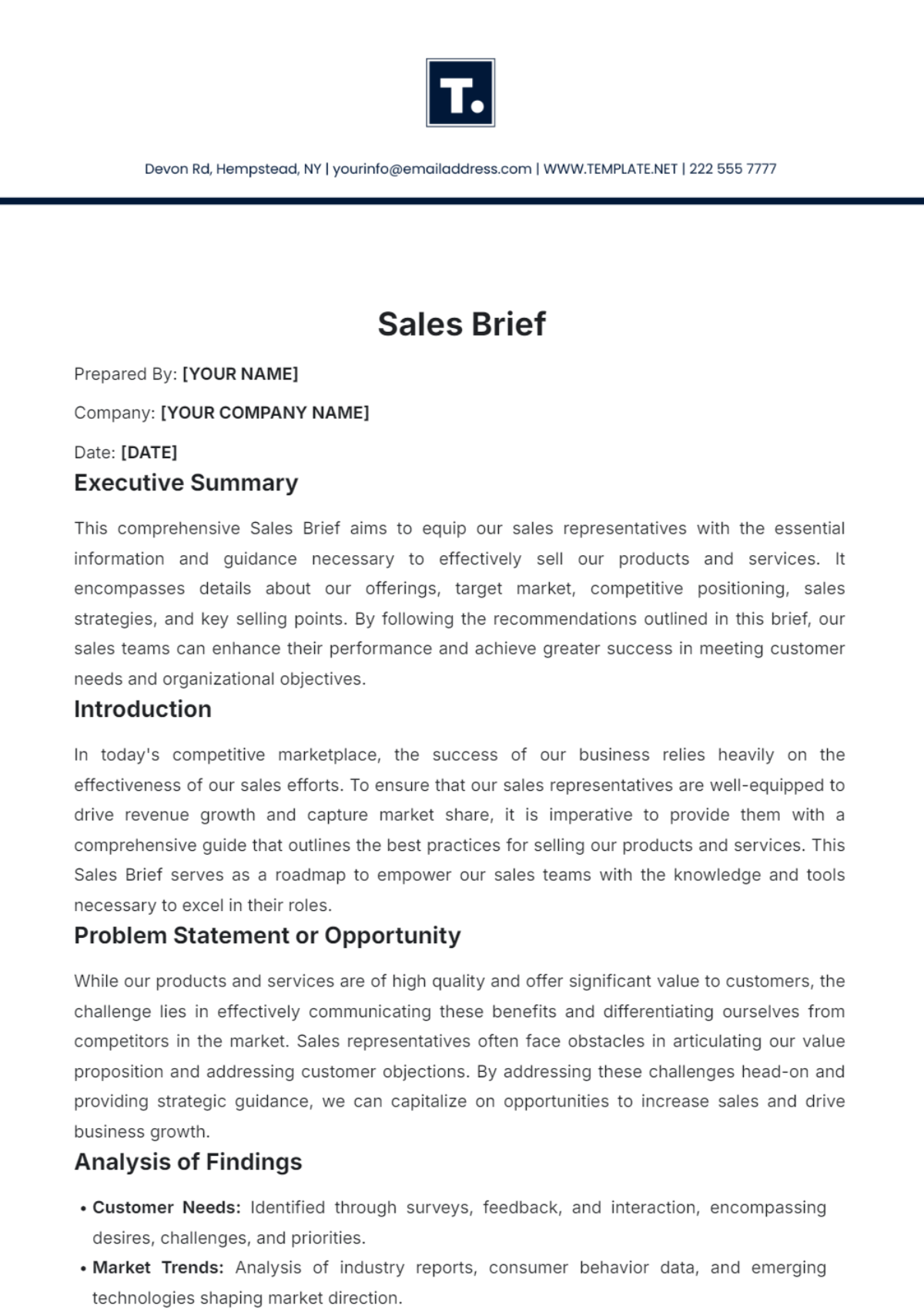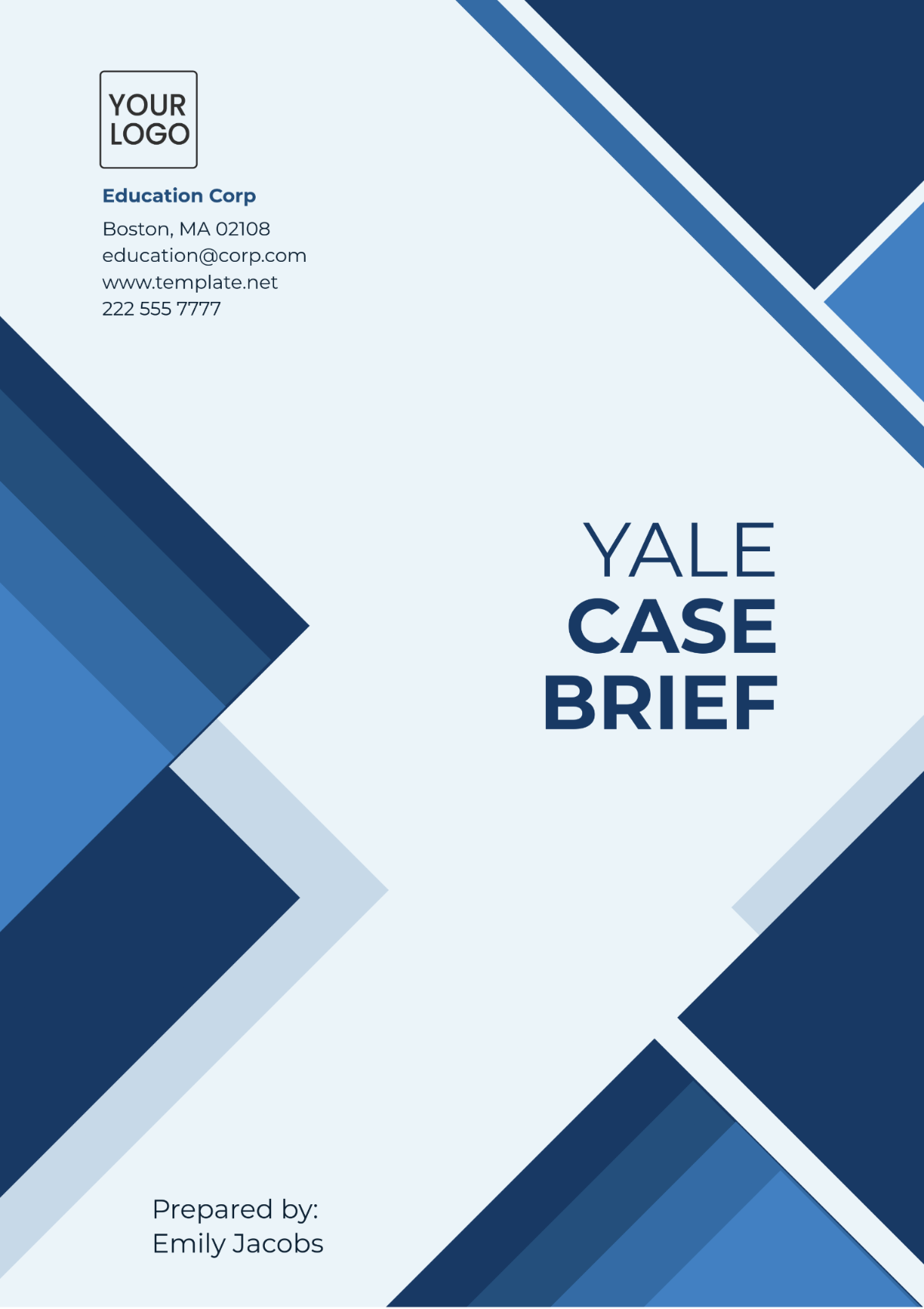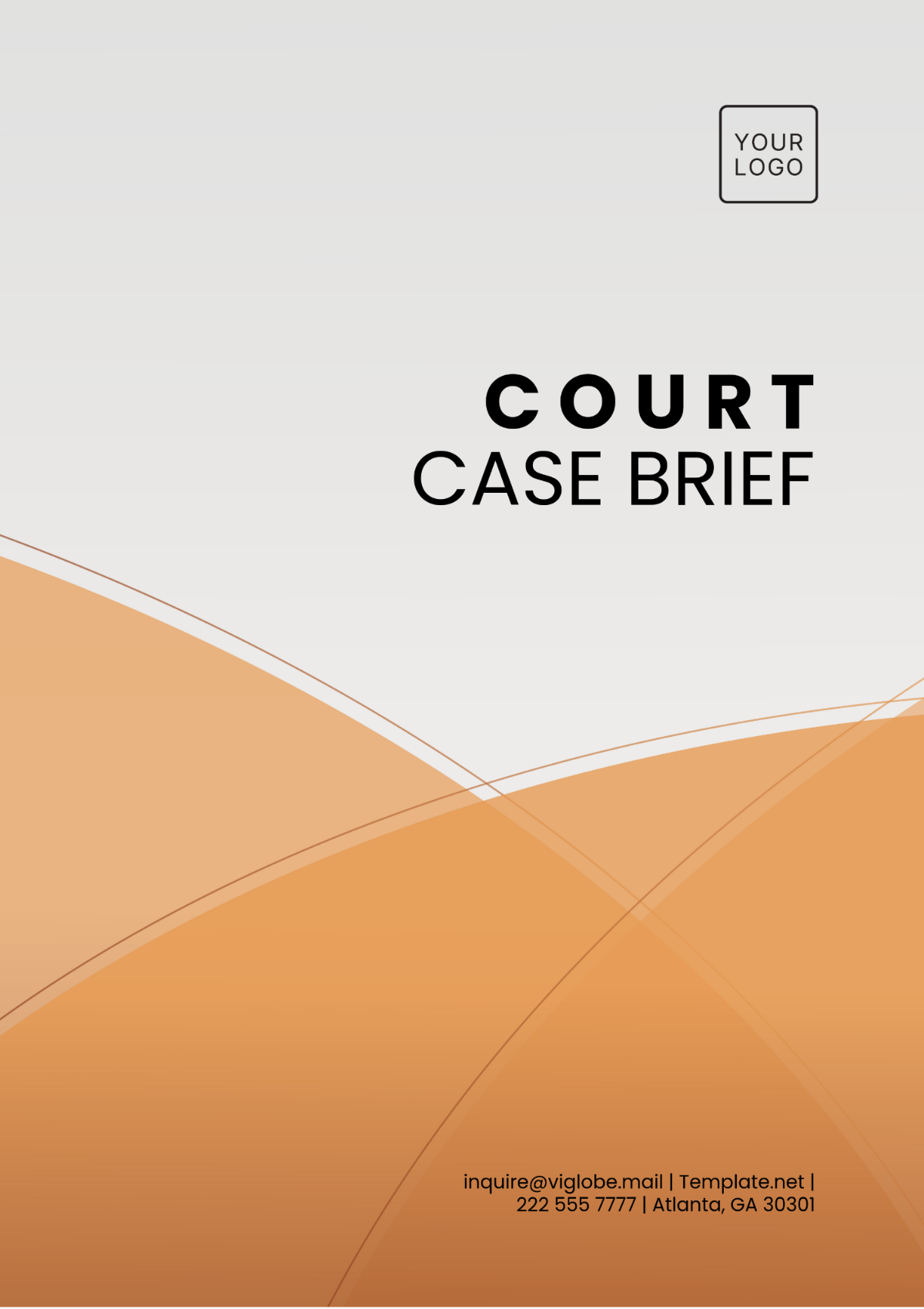Palsgraf Case Brief
Prepared by: [YOUR NAME]
I. Case Citation
Palsgraf v. Long Island Railroad Co., 248 N.Y. 339, 162 N.E. 99 (1928). In this landmark case, the Court of Appeals of New York rendered a decision that has been frequently cited in the realm of tort law, specifically pertaining to the doctrine of negligence and proximate cause.
II. Key Facts
Helen Palsgraf was waiting at a Long Island Railroad station when two men attempted to board a moving train. One of the men, carrying a package, was pushed by a railroad guard onto the train and dropped his package, which contained fireworks. The fireworks exploded, causing scales several feet away to fall and injure Palsgraf. This case primarily examines whether the railroad could be deemed negligent relative to Palsgraf's injuries.
III. Issues
The primary issue in Palsgraf v. Long Island Railroad Co. was whether the defendant, the railroad company, owed a duty of care to Helen Palsgraf when the actions of its employees led to her injury, and whether the injuries were a reasonably foreseeable result of the employee’s actions. This revolves around the concept of "proximate cause" in negligence law.
IV. Arguments Presented
Plaintiff's Argument: The plaintiff argued that the railroad employees acted negligently in helping the man board the train while carrying a package that they should have known could pose a risk. Due to this negligence, Palsgraf was injured.
Defendant's Argument: The railroad contended that the injuries to Palsgraf were not a foreseeable consequence of the employees' actions and that they could not be held liable for negligence because the harm was not direct or proximate.
V. Decision/Holding
The court, in a majority opinion written by Judge Cardozo, held that the Long Island Railroad was not negligent with respect to Mrs. Palsgraf because the harm was not a foreseeable result of the employee’s actions. Therefore, the railroad did not owe a duty of care to Palsgraf. The decision emphasized the importance of foreseeability in determining negligence.
VI. Legal Principles Applied
The legal principle crucially applied in this case is the doctrine of proximate cause in tort law, which implies that the defendant's actions must be closely linked to the injury and foreseeable to be considered legally negligent. Judge Cardozo's opinion underscores the significance of foreseeability in establishing a duty of care and, consequently, negligence.




